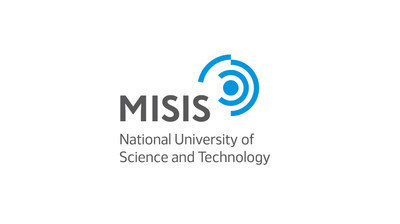
Modern metallurgical production is actively moving into the 3D format and already includes such spheres as aircraft construction, civil engineering, waste disposal and recycling, light industry (for example, footwear production). The range of materials for additive manufacturing is constantly expanding, combining polymers and plastics, metals and alloys, glass and ceramics, concretes and composites.
Scientists from NUST MISIS have taken metal 3D printing to a new level by presenting a universal production technology for various industries using a single 3D printer. As a basis, laboratory engineers took a 3D printer from the Russian company Addsol https://addsol.ru/ and optimized its design. The cost of the printer is about 7 million rubles (about 100 000 USD), which is at least three times cheaper than analogs.
The multimetallic printing, proposed by the research team, is unique because it allows using various metals and their alloys, which are often very difficult to process. To print one group of metals, the printer's design had to be modified and optimized; for printing the others, the materials themselves had to be modified with the help of additives and catalysts obtained by the team.
For example, magnesium alloys can not be processed without the use of special saline fluxes, since they ignite and burn. The technology presupposes modification of the printer, selection of the modes and the blowing system. It allows printing medical products made of magnesium - various bioresorbable bone tissue fixators, maxillofacial implants by minimizing the inevitable gasification of magnesium due to the low boiling point (1090 ° C).
Another example of metallic multimaterials 3D processing is nitinol or titanium nickelide. It is also widely used for medical device manufacturing due to its unique functional properties such as superelasticity or shape memory. Printing products, that under external influence (a change of temperature or application of a load) are capable of performing mechanical work (recovering their shape), is referred to as 4D printing since by varying the conditions of a material synthesis it is possible to control its properties.
One of the promising applications of the technology, in the opinion of the developers, is the printing of permanent magnets from niodimum-iron-boron powder. They are used in the automotive and aircraft industries for generators and electric motors production. Traditional production of such magnets is a multi-stage, expensive process. 3D printing allowed to reduce the number of synthesis steps and, ultimately, reduce the cost of the part itself. In addition, additive manufacturing allows synthesizing magnets of any complex shape, not only in the form of a disk or parallelepiped.
The team is currently completing the work on printing from bronze and copper, which can be used, in particular, for rocket engines.
Logo: https://mma.prnewswire.com/media/955872/NUST_MISIS_Logo.jpg
| Contact: |
| Company Name: The National University of Science and Technology MISiS
Dina Moiseeva, Email Contact +7 9033630573 |
